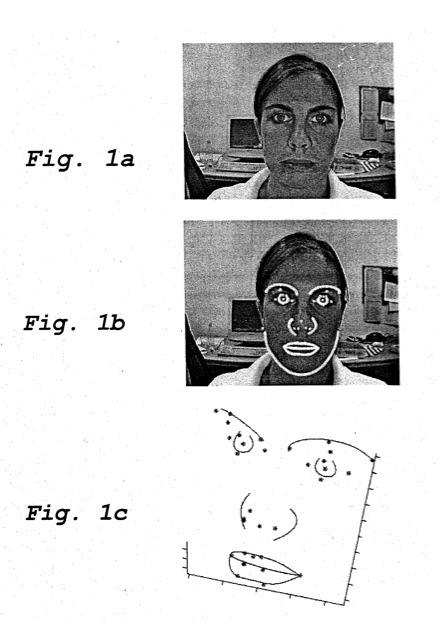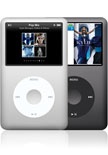Future Macs — and perhaps iOS devices — may sport 3D object recognition. An Apple patent (number 20120114251) for a method, device, system, and computer program for object recognition of a 3D object of a certain object class using a statistical shape model for recovering 3D shapes from a 2D representation of the 3D object and comparing the recovered 3D shape with known 3D to 2D representations of at least one object of the object class has appeared at the U.S. Patent & Trademark Office.
Here’s Apple’s background and summary of the invention: “The present invention relates to automated object recognition and in particular to automated object recognition of 3D objects using statistical shape information.
“There exist extremely reliable methods for personal identification using biometric data such as e.g. fingerprints, retinal patterns or similar unique features of the subject that rely on the cooperation of the subject. Face recognition may be an effective way of identifying a person without the cooperation or knowledge of the person. There are two main general problems for a face recognition system; identifying a person, i.e. determine the identity from images, and verifying the identity of a person, i.e. to certify that the person is who he/she claims to be. Specific applications are e.g. immigration, ID-cards, passports, computer logon, intranet security, video surveillance and access systems. The present invention aims at increasing the performance and efficiency of such systems using geometric information available through the use of statistical shape models.
“The invention consists of a statistical model of the shape variations in a class of objects relating the two-dimensional (2D) projection in images to the three-dimensional (3D) shape of the object and the use of the 3D shape information for identification or verification of the object. Furthermore, the present invention relates to an image processing device or system for implementing such a method.
“The process is fully automatic and may be used e.g. for biometric identification from face images or identification of objects in for instance airport security X-ray images. The recovered 3D shape is the most probable shape consistent with the 2D projections, i.e. the images. The statistical model needs a bank of data, denoted training data, where the 3D positions of the image features are known, in order to learn the parameters of the model. Such data sampling can be done using e.g. binocular or multi-view stereo or range scanners. Once the model parameters are learned, the 3D shape can be computed using one or several images.
“The 3D shape is then used, by means of the presented invention together with the 2D image data, to identify or verify the object as a particular instance of the object class, e.g. the face belonging to a certain individual. A positive (or negative) identification initiate proper action by means of the presented innovation.
“In a preferred embodiment of the invention, a method for object recognition of a three dimensional (3D) object is presented, the method comprising the steps of: [0010] obtaining at least one two dimensional (2D) representation of the object; [0011] detecting image features in the obtained 2D representation; [0012] recovering a highly probable 3D shape of the object of a certain object class consistent with 2D images of the object using at least one obtained image where 2D features are detected and using a learned statistical multi-view shape model of the shape variation; and [0013] comparing the recovered 3D shape with a reference representation of at least one object of the object class.
Jan Erik Solem and Fredrik Kahl are the inventors.




